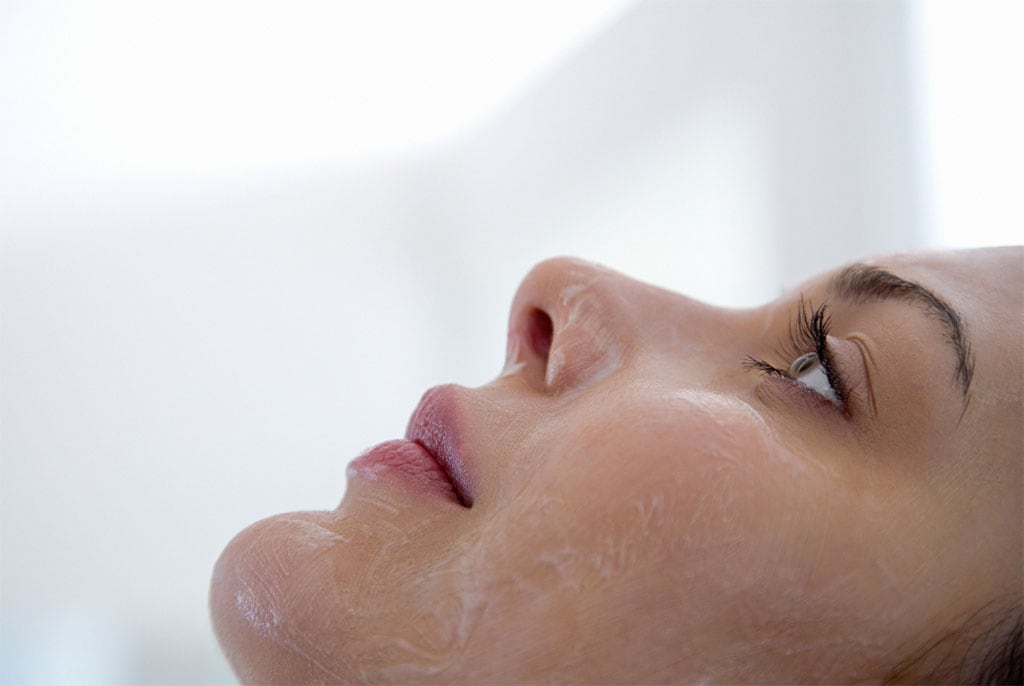Fat Transfer Breast Augmentation
An alternative to breast implant surgery is repurposing fat to the breasts, known as “fat transfer breast augmentation”. This procedure offers a more natural alternative for patients who are looking for a mild breast enhancement without the use of implants. There are limitations to what is possible.
Typically, you can increase the breasts by half to one cup size in a single session of fat grafting. If you are looking for at least a one to two cup size increase or an “augmented look”, then breast fat grafting is not for you.
Fat transfer does not in itself create a breast lift. A good candidate for this as a stand-alone surgery will need good skin tone and elasticity.
Explore Topics On This Page:
Some Disadvantages To Consider
- Fat survival after grafting is unpredictable and usually ranges between 50-70%. Because of this, asymmetry can occur. Therefore, the result is less predictable than augmentation with implants.
- There is a limit to the size increase possible with lipotransfer breast augmentation. Patients wanting two cup size increases and more will require more than one fat transfer procedure.
- Because of the liposuction, this procedure is more time consuming and can be more expensive than breast augmentation with implants.
It is vital to understand what is possible with any surgical procedure you are considering. You should have realistic expectations and maintain an open mind to alternative possibilities.
FAQs about Fat Transfer Breast Augmentation
How long do the results last?
Within a few days, some of the transferred fat will die. In the weeks and months that follow, the body may absorb some of the transferred fat. The fat cells that remain at three months have established blood vessels and will remain there permanently. This ranges from 50-70% of the fat cells originally transferred. Breasts will continue to change with time due to age and gravity. However, the fat that was relocated and fully established will remain and requires no replacement or removal as may be the case with implants.
Will my breast size change with weight fluctuations?
After recovery from fat transfer breast augmentation, the fat cells that have survived remain in their new position permanently. With weight fluctuations, the size of the individual fat cells will increase or decrease accordingly. This will result in changes in breast size in the same way it does with natural breast tissue. I recommend that my patients wait until they have reached a healthy and stable weight before having this procedure.
If I want to repeat the procedure, how long should I wait?
I would suggest waiting a full six months before deciding to repeat the procedure.
When is a breast lift needed and not just fat transfer?
A breast lift may be required with fat transfer:
- If the nipple points downward (or sits at the bottom of the breast).
- When there is no visible skin under the nipple/areola when looking at the breasts straight on.
- When breast drooping is moderate to severe.
How long does the procedure take?
A fat transfer to breast procedure takes longer than an implant insertion. Depending on the extent of liposuction and the volume of fat transfer, the procedure can usually last two hours. It does not typically involve an overnight hospital stay unless combined with other surgical procedures.
What does the recovery involve?
You will be encouraged to walk soon after your surgery. For the first few days after surgery, you will feel mild discomfort of the breasts and parts of the body where fat was harvested. This is usually managed with over-the-counter medication.
Depending on the volume of fat transferred, you may be required to wear a support garment to provide gentle support to help maintain the blood flow and optimise the survival of the fat. You will also be asked to sleep on your back or side.
There will be some swelling and bruising. Bruising typically resolves within a month. Swelling takes longer to settle and may take three to six months to fully subside. Most patients return to work within a week. One can resume cardiovascular exercise after two weeks, yoga and weight training at six weeks.
Is fat transfer breast augmentation for me?
This procedure is low-risk and makes use of one’s own fat cells. For the right candidate, a fat transfer breast augmentation can create a soft and natural feel. To find out more about this procedure, book a consultation.


